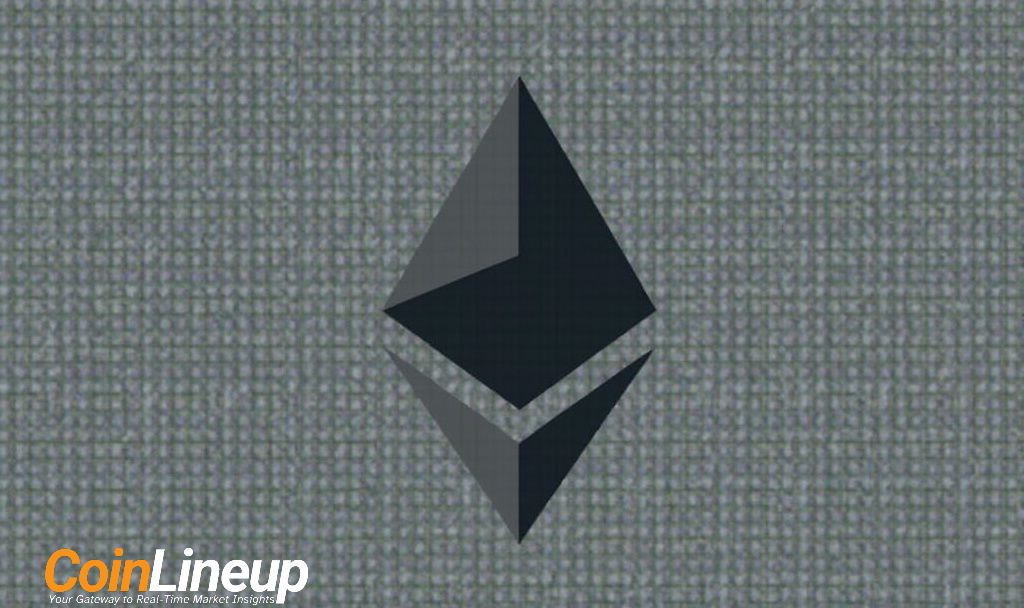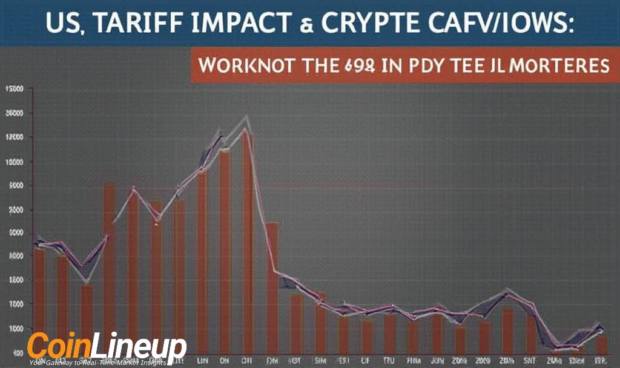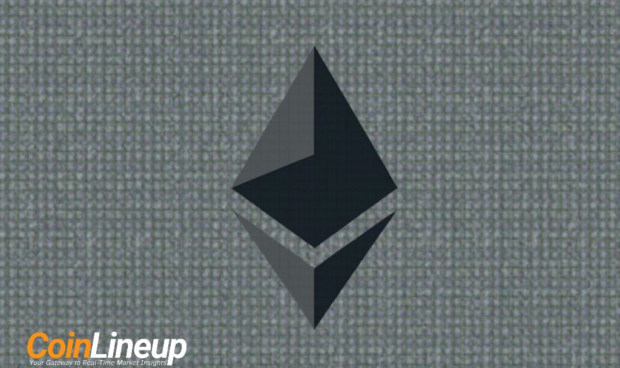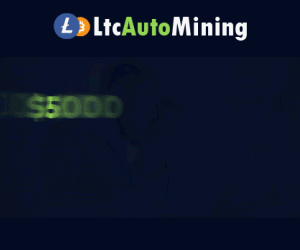
- Ethereum’s planned blob increases may not be enough to sustain Layer 2 transaction growth.
- Increased use of blobs indicates a growing demand for Layer 2 transactions.
- The balance between innovation and sustainability is crucial for Ethereum’s future.
- ETH burns are rising, surpassing Uniswap, due to blob adoption.

Ethereum is at a pivotal moment as its Layer 2 (L2) solutions continue to evolve. The introduction of blob technology has sparked discussions about its potential to enhance transaction efficiency and scalability. However, recent analyses suggest that the planned increases in blob capacity may fall short of sustaining the burgeoning demand for L2 transactions.
As Ethereum’s ecosystem grows, the adoption of blobs signals a significant shift in how transactions are processed. These blobs allow for more data to be bundled together, which can lead to faster and cheaper transactions on the network. Yet, the question remains: will this innovation be enough to keep pace with the increasing volume of transactions?
Increased adoption of blobs has also led to a notable rise in ETH burns, with the current rate surpassing that of Uniswap. This burning mechanism, designed to reduce the overall supply of ETH, adds another layer of complexity to the economic dynamics of the network.
As Ethereum navigates these changes, the balance between innovation and sustainability will be critical. Stakeholders must consider the long-term implications of these technological advancements while ensuring that the network remains robust and capable of handling future demands.












Be the first to leave a comment